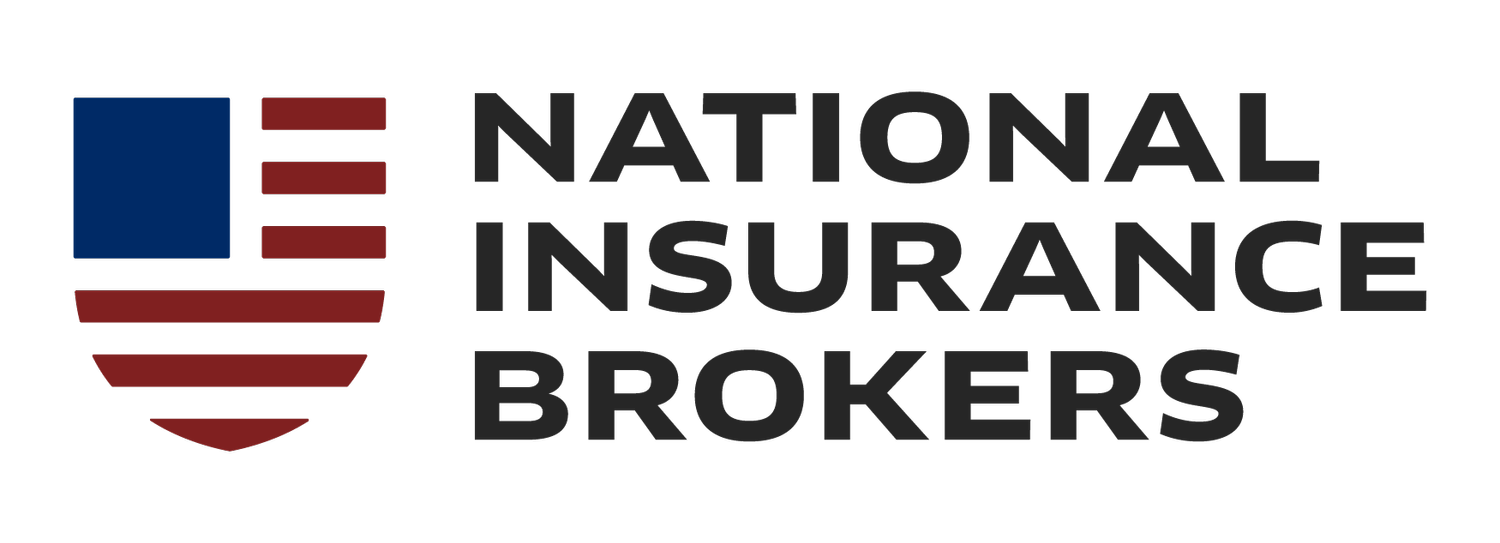Retaining Top Talent through Benefits: Crafting Packages That Matter to Employees
It’s increasingly difficult for businesses to attract quality employees, and once they’re on board, they’ll hope that they’ll stay there. With hiring and training new employees becoming more expensive than ever, ensuring that the team stays in place can have a tangible impact on the bottom line, as well as on productivity.
To do this, forward-thinking organizations are prioritizing employee benefits as a way to incentivize staff at all levels to stick with the brand and resist overtures from rival businesses. The caveat, however, is that the benefits must be additions that employees actually want. It’s not enough to simply add in freebies. Employee perks have to be desired to be effective.
Workers pay attention to a brand’s benefits package. Some 78% of employees say benefits increase the likelihood of staying with an employer. Plus, there are indirect advantages, too; benefits have been shown to lead to higher work engagement levels, which also decrease the chances of an employee looking elsewhere. Providing competitive benefits for employees has long been important, but today, it’s essential.
The Importance of Employee Benefits in Retention
Recognizing the link between benefits and employee satisfaction
Countless studies have long indicated the importance of employee satisfaction to productivity and brand success. And there is increasing research that satisfaction depends, in part, on the quality of employee benefits offered. It’s about more than merely receiving unexpected bonuses. By offering benefits, brands show their employees that they have their well-being in mind.
Retention challenges in the current competitive job market
It’s increasingly difficult for organizations to find talented employees. This puts power in the hands of workers, who know they can command higher salaries by moving to a new company. Given the costs of replacing a departed employee, it’s essential that businesses take a proactive approach towards keeping their staff on side.
Benefits as a key factor in employee loyalty and engagement
Brands can’t expect their employees to automatically show loyalty to the business. They have to earn it, and one way to do that is to offer comprehensive employee benefits. One study conducted by SHRM found that employees who are happy with their benefits package are more likely to stay with their companies than those who are not — and they work better, too.
Health and Wellness Programs
Comprehensive health insurance coverage
Offering benefits that directly relate to employees’ key concerns, such as their health, is a valuable strategy that brands can incorporate into their benefits packages. Businesses looking to offer comprehensive benefits for employees should look at offering extensive health insurance coverage to eligible employees.
Mental health and well-being initiatives
There’s been a growing emphasis on employee mental health and well-being in recent years, with many employees seeking mental well-being initiatives from their employers. Providing access to mental health resources, such as therapeutic care, as well as offering an above-average number of vacation days and flexible working schedules can help strike the right balance.
Fitness and wellness programs as attractive benefits
Physical and mental wellness isn’t just beneficial to employees. It’s useful from the brand’s perspective, too. Employees who have work-funded fitness benefits are more likely to be in tip-top physical and mental condition, increasing happiness and energy levels that allow them to reach their full professional potential. Example fitness and wellness benefits include gym memberships, providing access to healthy food, and assistance programs focused on handling issues (work stress, smoking, substance abuse).
Transparent Communication about Benefits
Clear and detailed communication about available benefits
It’s important to clearly present information about the benefits available to prospective and current employees. This can help to attract quality candidates, who will know what benefits are available to them should they accept a position with the company. It’ll also outline to existing staff what benefits they are eligible for, and when. This is especially important if access to some benefits is conditional (i.e., only available after having worked for the company for a set period of time).
Regular updates on changes and additions to benefit packages
A brand’s benefits package is usually dynamic, responding to changing employee wants and needs. Keeping employees informed about any changes to their benefits package is key to ensuring that brands see the most return on their investment.
Employee education on how to maximize and utilize benefits
There’s usually a process for claiming company benefits. As such, it’s essential that companies host training sessions for employees on how to access the benefits available to them.
Monitoring Employee Satisfaction
Regular employee surveys to gauge satisfaction with benefits
Employee benefits benefit both workers and the business — but they’re mostly there for the employees, so ensuring that staff members are happy with the benefits they receive is key. Soliciting feedback from workers will reveal what they want to see more/less of in their benefits package, helping to create packages that meet their requirements.
Exit interviews to understand the role of benefits in turnover
Employees will always leave, even if the business is providing competitive benefits for employees. By conducting exit interviews, brands can learn what influence, if any, the existing benefits package had on the employee's decision to leave.
Utilizing feedback to make continuous improvements
Putting together a benefits package for employees isn’t a one-time event. It’s an ongoing process. Through feedback, brands can make informed decisions regarding changes they should make to their offering.
Conclusion
The employee’s salary remains the most influential factor in employee retention. But the benefits package isn’t too far behind. It’s essential that brands put together benefit packages that speak to the needs, wants, and requirements of their employees. Aside from providing the benefits staples, such as comprehensive healthcare insurance, companies can also look at incorporating wellness and fitness programs, as well as in-office perks.
Companies that prioritize employee benefits enjoy higher levels of productivity, greater employee retention, and a more positive workplace culture. With the many advantages of workplace benefits well-known, it’s recommended that brands make the process ongoing, adapting offerings in line with changing employee needs.
Do that, and your company will enjoy enhanced worker output and organizational success. To get employee benefits insurance for your business, contact our team today.

